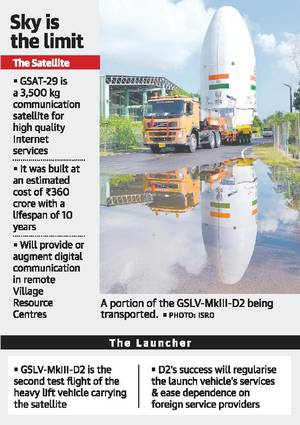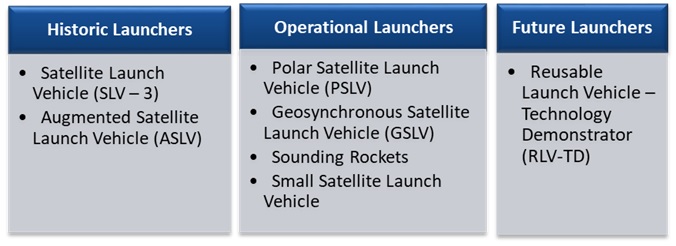7667766266
enquiry@shankarias.in
Why in news?
ISRO successfully launched GSAT-29 communication satellite on board GSLV-Mk III D2 from the Satish Dhawan Space Centre at Sriharikota.
What are the key features of GSAT-29?

What is the significance?

Source: The Hindu, Business Standard